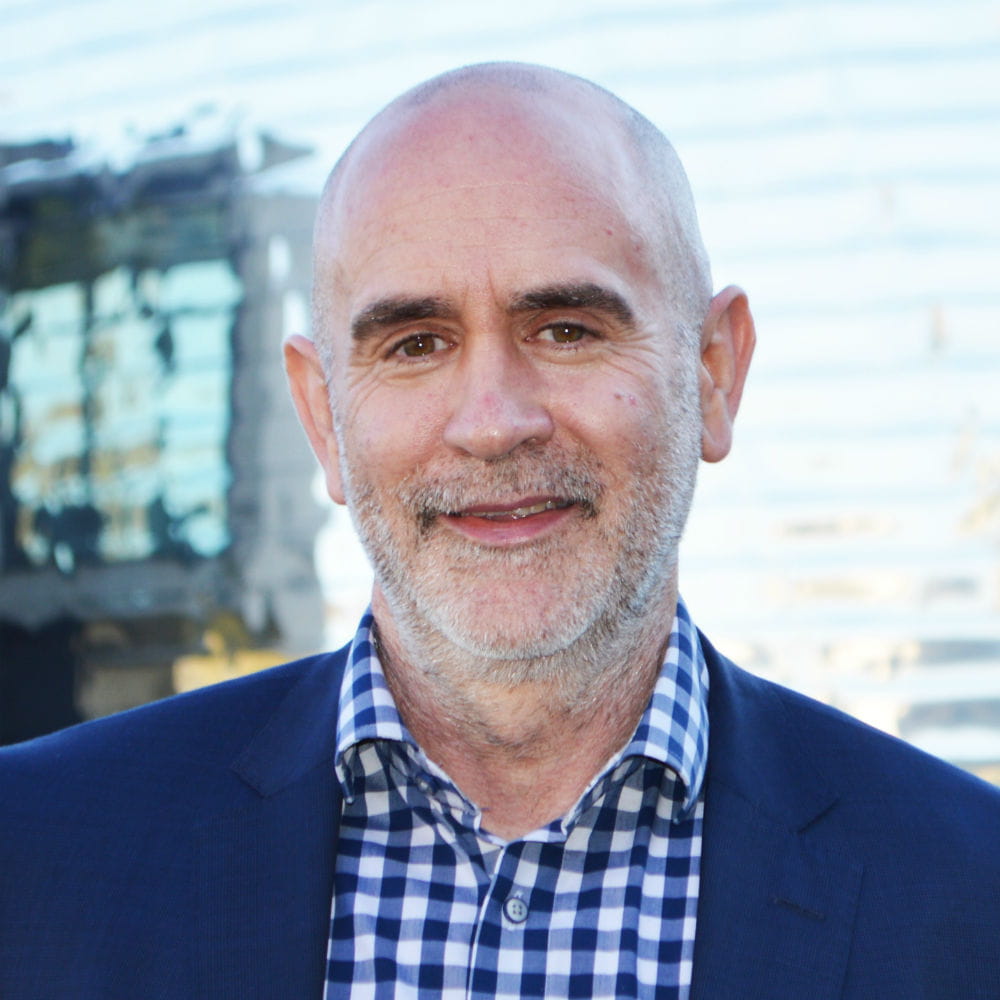Essex has an ambitious growth agenda; our plan is to grow our university to a community of 20,000 students and 1,000 researchers. But growth on this scale requires the right environment; from student accommodation to research and teaching, and from study to socialising – we need adequate facilities, and we need the right type of facilities.
Chris Oldham, our Deputy Registrar for Infrastructure and Environments, leads the teams that are tasked with managing and planning facility and technology provision for our future growth. Following on from his Professional Services Meeting presentation, he tells us more about the plans for expanding our teaching facilities and changes to some of our study spaces.
How is the shape of our university changing?
Some of our biggest student cohorts have grown even larger. This has resulted in us needing more large capacity teaching spaces.
How can we re-configure our estate to provide the spaces needed?
Some of our spaces are more conducive than others to being re-purposed to the large teaching spaces we need, so we have had to think creatively and make best use of our estate to deliver on our broad range of activities and facility needs. Alongside this, we need to optimise our use of space for maximum benefit and minimise a need to add new buildings to reduce our carbon impact, to support financial sustainability, to direct our capital resources to enhancing existing facilities, and to maintain a balance of green spaces to built environment.
Tell us about the new teaching facilities being introduced
Colchester
At Colchester, we have found that the only viable solution available to provide the type of environment we require is to add new facilities. To accommodate large cohorts, new teaching facilities are being introduced in the form of two 200+ seater lecture theatres. Inside, there will be tiered seating and technology to support large scale teaching events. Preparatory work has begun so that we can open these spaces for use at the earliest opportunity.
Converting the library reading room and Silberrad study space
In adapting our existing spaces, some of our largest study spaces are also being converted into large-scale teaching rooms. The library reading room, on the ground floor of the Albert Sloman Library, will be converted to a timetabled IT suite with space for 168 seats. The Silberrad study space on the top floor of the Silberrad Centre will also become a timetabled IT suite with a capacity of 140 seats. Outside of core teaching hours, both spaces will be available as student study space.
459 alternative study spaces
To ensure our students aren’t missing out on valuable study time, we’re providing alternative study spaces. The Tony Rich Teaching Centre will have a number of rooms allocated as student study space, and the large communal space on the ground floor will have desks and IT equipment installed. Spaces within the Albert Sloman Library will also have new seating and IT equipment installed. In the North Teaching Centre, we’ll see communal spaces converted with seating and IT equipment, making full use of the space for study. 5N.4 rooms and 3.400 rooms will also be converted from small teaching spaces to a range of study environments. Overall, some 459 alternative study spaces will be created, replacing the 398 that will be out of action during teaching hours. Work is now being done to ensure these changes are communicated to our students, with wayfinding and signage being installed so that spaces are easy to find and ready to go when our students need them.
Southend
A project is currently being scoped to create a large lecture theatre space within our existing Southend estate. We are also looking at how we can re-purpose existing spaces to ensure we have the right activities in the right locations, and are reconfiguring the furniture in some teaching facilities to ensure we are getting the most out of these spaces.
Loughton
At our Loughton Campus, we are planning new studio facilities to add to the range of studio-based teaching facilities available. These spaces will be usable for teaching, learning, performance, and extra-curricular activities.
Is there anything we can do to help?
There are a couple of ways staff can help. Firstly, work with our Timetabling team and alert them to your teaching requirements at your earliest possible opportunity.
You can also help guide our students to the new suite of study spaces. Students that aren’t familiar with all of the buildings can be pointed towards our places to study web page which will be updated, and the Find Your Way app is also a good way to help students find rooms they haven’t visited before.
.jpg?mh=1000&mw=1000&hash=591F98160B262B48C2B5F213DD3D6BA9)

